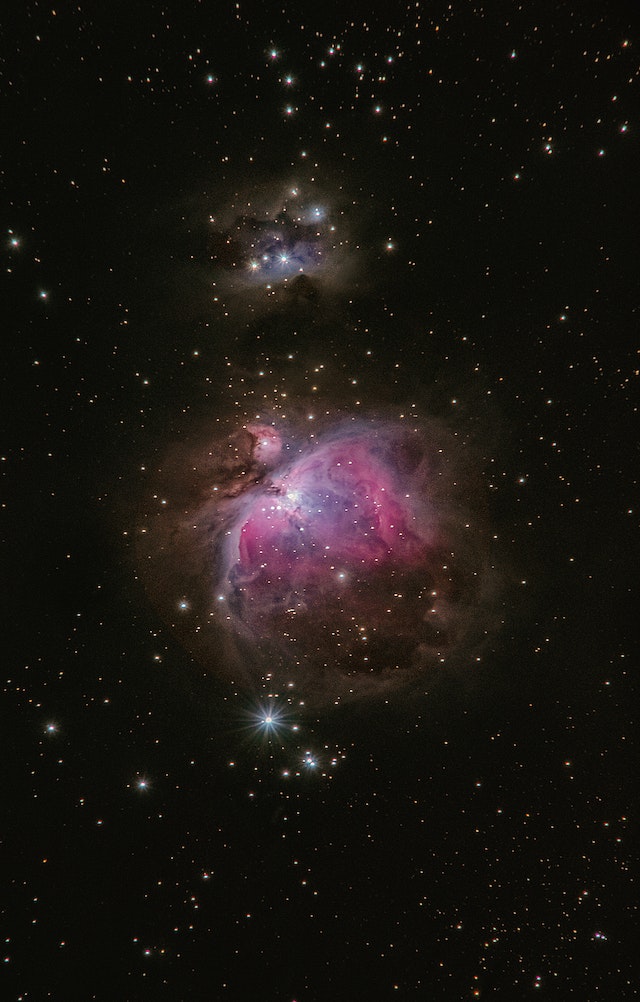Introduction:
In recent years, there has been a noticeable rise in the frequency and intensity of intense rainstorms across the globe. These extreme rainfall events have significant implications for communities, infrastructure, and the environment. This article delves into the scientific factors contributing to the recent increase in intense rainstorms, shedding light on the complex dynamics behind this phenomenon.
1. Changing Climate Patterns:
Climate change plays a significant role in the intensification of rainstorms. As global temperatures rise, the atmosphere becomes warmer, leading to increased evaporation rates and higher moisture content in the air. This enhanced moisture availability creates favorable conditions for the formation of intense rainstorms.
2. Atmospheric Instability:
Warmer temperatures also contribute to increased atmospheric instability. When warm and moist air rises, it forms convective clouds, which are responsible for generating thunderstorms and heavy rainfall. As the climate warms, this convective activity becomes more pronounced, leading to more intense rainstorms.
3. Moisture Transport:
Changes in atmospheric circulation patterns influence the transport of moisture across different regions. Rising global temperatures affect large-scale weather systems such as the jet stream, causing them to shift or become more meandering. These alterations can result in the transport of moist air masses over certain areas for extended periods, leading to prolonged and intense rainfall events.
4. Climate Variability:
While climate change is a significant driver, natural climate variability also contributes to the recent increase in intense rainstorms. Natural climate phenomena like El Niño and La Niña can influence weather patterns and precipitation extremes. These variations, combined with the long-term effects of climate change, can enhance the likelihood of intense rainstorms.
5. Urbanization and Land Use Changes:
Human activities, such as urbanization and land use changes, can exacerbate the impacts of intense rainstorms. Urban areas with extensive concrete and asphalt surfaces have reduced natural drainage, increasing the risk of flooding during heavy rainfall events. Deforestation and the modification of natural landscapes also affect the ability of ecosystems to absorb and regulate rainfall.
6. Scientific Studies and Observations:
Scientists have been studying the recent increase in intense rainstorms through a combination of observational records and climate models. These studies help to identify trends and patterns, providing valuable insights into the underlying mechanisms and factors driving the intensification of rainfall events.
Conclusion:
The recent increase in intense rainstorms can be attributed to a combination of climate change, atmospheric instability, moisture transport, natural climate variability, and human-induced factors. Understanding the scientific dynamics behind this phenomenon is crucial for mitigating the impacts and adapting to the changing climate. By addressing the root causes of climate change, implementing sustainable land management practices, and improving urban planning, we can work towards minimizing the risks associated with intense rainstorms and building more resilient communities.











